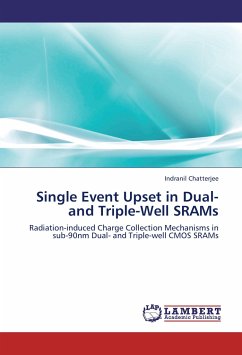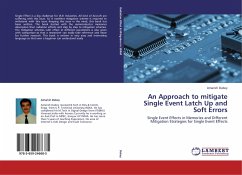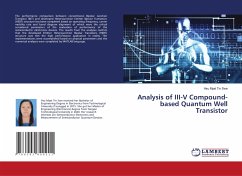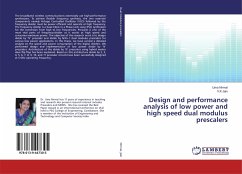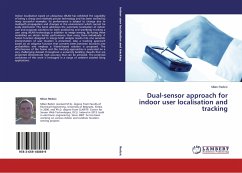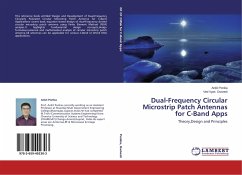CMOS technologies can be either dual-well or triple-well. Triple-well technology has several advantages compared to dual-well technology in terms of electrical performance. Differences in the single-event response between these two technology options, however, are not well understood. This work presents a comprehensive analysis of alpha, neutron and heavy ion-induced upsets in 65-nm and 40-nm dual-well and triple-well CMOS SRAMs. Primary factors affecting the charge-collection mechanisms for a wide range of particle energies are investigated, showing that triple-well technology is more vulnerable to low-LET particles, while dual-well technology is more vulnerable to high-LET particles. For the triple-well technology, charge confinement and multiple-transistor charge collection triggers the Single Event Upset Reversal mechanism that reduces sensitivity at high LETs.
Bitte wählen Sie Ihr Anliegen aus.
Rechnungen
Retourenschein anfordern
Bestellstatus
Storno

